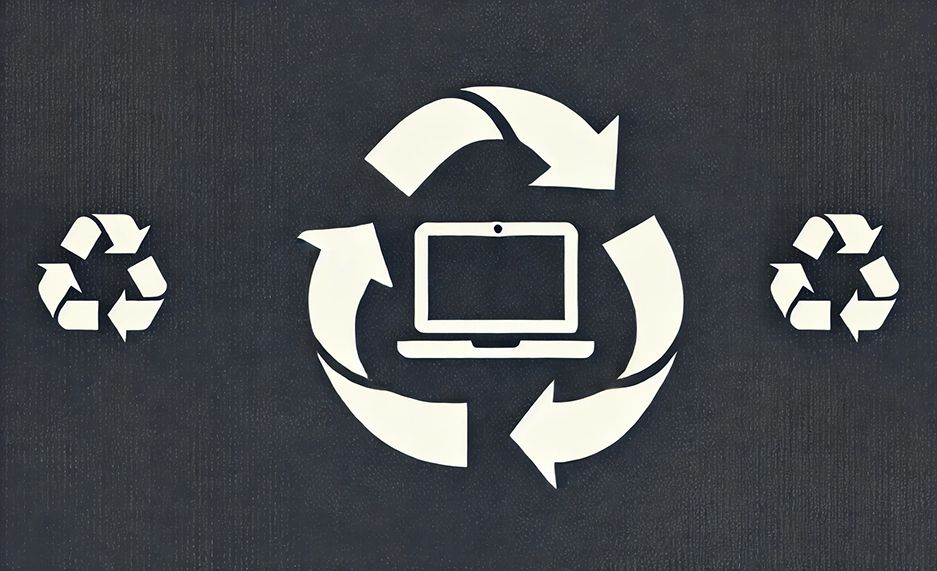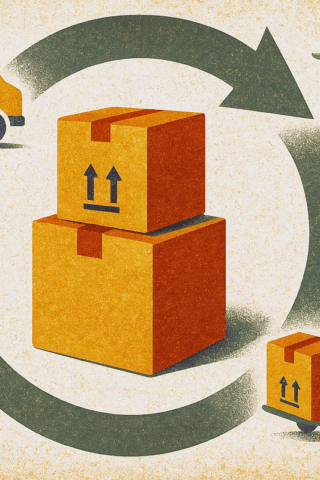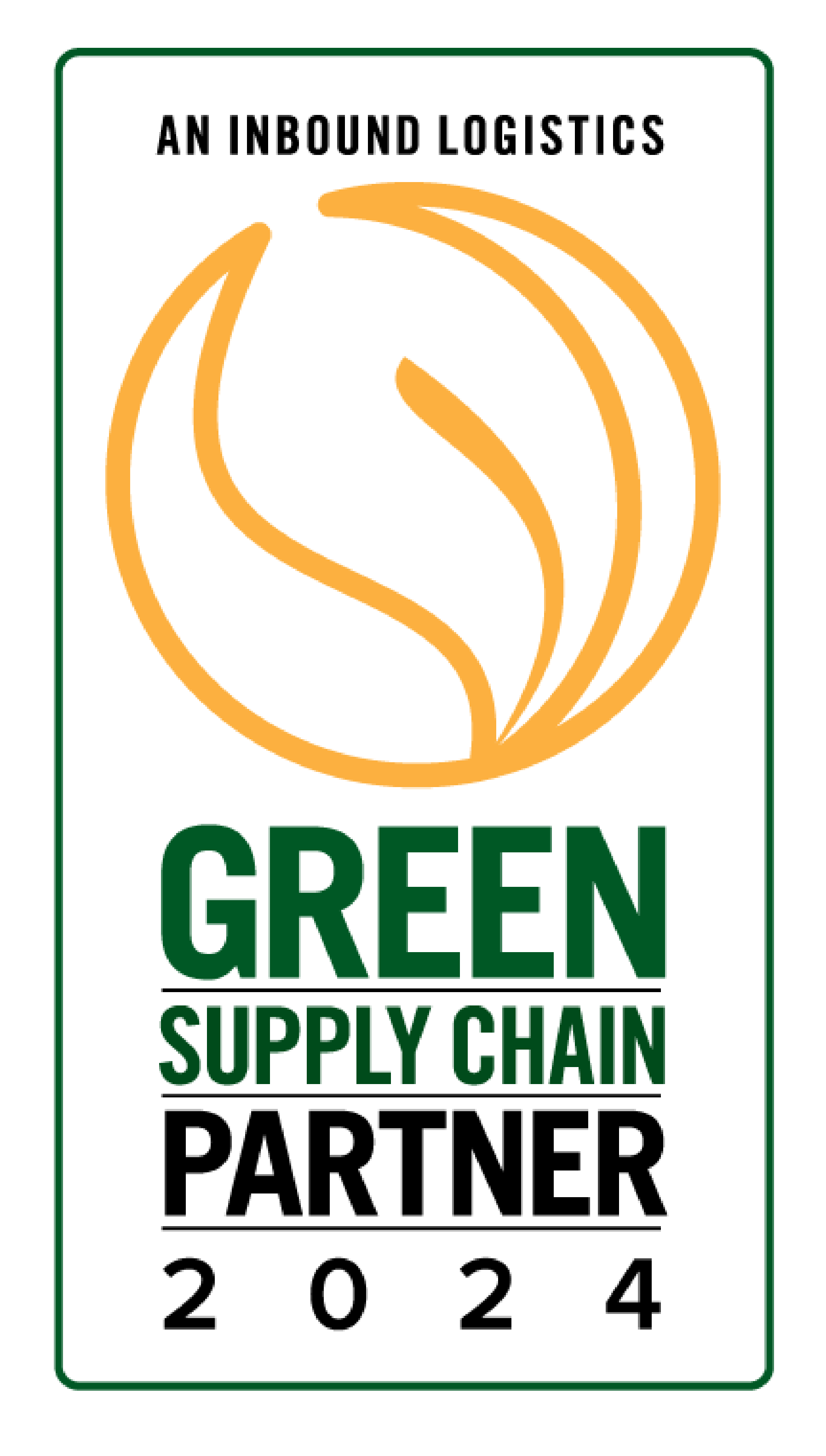The rapid rise of electronic waste (e-waste) is one of today’s most urgent environmental challenges. With rapid technological advancements and consumer demand for the latest devices, discarded electronics are accumulating at an alarming rate.
According to the Global E-waste Monitor, over 2 million metric tons of e-waste are generated annually, and this figure is expected to double in the coming decades. Improper disposal of these electronic products leads to severe environmental and health consequences.
Reverse logistics provides a structured and sustainable approach to managing the end-of-life phase of electronics. Sustainable reverse logistics strategies focus on reuse, refurbishment and recycling to prevent outdated devices from contributing to landfill overflow. Instead, these devices re-enter the supply chain for continued utility.
Businesses and consumers must recognize the critical role of reverse logistics electronics in reducing the harmful impact of e-waste and contributing to a circular economy.
The Growing e-waste Problem
e-waste is one of the fastest-growing waste streams worldwide, fueled by increased electronic consumption and decreasing product lifespans. Studies indicate that only 22.3% of global e-waste is formally collected and recycled. This leaves vast quantities in landfills or incinerators.
Key risks associated with e-waste mismanagement include:
- Toxic Chemical Exposure: Electronics contain harmful substances that can leach into the soil and water, posing serious health risks to communities.
- Landfill Overflow: With limited landfill space, excessive disposal of electronics strains waste management systems, accelerating pollution.
- Resource Waste: Many discarded devices contain valuable raw materials that can be recovered and reused.
Businesses face challenges in e-waste management due to complex disposal regulations, high transportation costs and the lack of standardized recycling infrastructure. Reverse logistics offers a solution by creating an efficient system for handling e-waste while recovering economic value from discarded devices.
Defining Reverse Logistics in the Context of e-waste
Reverse logistics refers to the process of moving products backward through the supply chain after their initial use. In the context of reverse logistics electronics, this involves collecting, sorting, refurbishing and recycling outdated electronic devices to minimize waste and recover resources.
Key processes in reverse logistics for e-waste include:
- Collection Programs: Gathering used electronics from consumers, retailers and businesses through drop-off points or trade-in programs
- Sorting and Assessment: Evaluating devices for potential refurbishment, reuse or recycling
- Refurbishing and Resale: Repairing and reselling functional electronics to extend their lifespan
- Recycling and Material Recovery: Extracting valuable metals and materials to be repurposed into new products
Reverse logistics enables businesses to transition toward a sustainable reverse logistics model, where electronic waste is systematically reduced through effective lifecycle management.
How Reverse Logistics Reduces e-waste
Reverse logistics plays a pivotal role in e-waste reduction by ensuring that electronic products are not discarded prematurely. The following strategies highlight its effectiveness:
Collection and Return Programs
Businesses and manufacturers implement take-back initiatives that allow consumers to return outdated electronics. These programs facilitate responsible disposal and ensure devices are processed through recycling logistics systems.
Refurbishing and Reusing Electronics
Not all discarded devices are beyond repair. Through refurbishment programs, companies can restore used electronics and sell them as certified pre-owned products.
Recycling and Material Recovery
When devices reach the end of their usability, reverse logistics electronics processes enable the recovery of valuable components such as:
- Gold and silver from circuit boards
- Copper from wiring
- Plastics and glass from screens
Integrating sustainable reverse logistics allows companies to significantly reduce the demand for new raw materials, lowering the environmental impact of electronics manufacturing.
Donations and Repurposing
Functional but outdated devices can be repurposed for educational institutions, nonprofits and underserved communities. Reverse logistics ensures that electronics are diverted from waste streams and given a second life where they are needed most.
Environmental Impact of Reverse Logistics in e-waste Management
Reverse logistics plays a crucial role in minimizing the environmental impact of electronic waste. It helps through:
Landfill Diversion
Reverse logistics initiatives successfully divert millions of tons of e-waste from landfills each year by facilitating collection, refurbishment and recycling programs.
Sustainability and Circular Economy
Incorporating sustainable reverse logistics allows businesses to shift from a linear “produce-use-dispose” model to a circular economy, where electronic products and materials remain used for as long as possible.
Toxic Waste Prevention
Properly managed reverse logistics systems prevent hazardous substances from being improperly disposed of, mitigating risks to human health and ecosystems.
Economic Impact and Business Benefits
Reverse logistics offers tangible financial advantages for businesses:
- Cost Savings: Companies reduce waste disposal fees and recover valuable materials for reuse.
- Revenue Opportunities: Refurbished electronics generate additional profit streams in the secondary market.
- Brand Enhancement: A sustainable reverse logistics strategy boosts corporate social responsibility (CSR) credentials, attracting environmentally conscious consumers and investors.
Consumer Involvement in e-waste Reduction
Consumers play a crucial role in reducing electronic waste through participation in reverse logistics programs. Trade-in initiatives, recycling drop-offs and repair services offer accessible solutions for responsible disposal.
How reverse logistics encourages consumer participation:
- Convenient Return Programs: Retailers offer easy drop-off locations for old devices.
- Incentives and Discounts: Companies provide trade-in discounts on new products in exchange for old electronics.
- Awareness Campaigns: Educating consumers on the environmental benefits of recycling logistics improves participation rates.
Challenges and Future Opportunities in e-waste Reduction
Despite its benefits, reverse logistics electronics programs should consider:
- Logistical Challenges: Coordinating large-scale collection and transportation of e-waste remains complex
- Regulatory Compliance: Inconsistent local, federal, and global regulations hinder streamlined reverse logistics operations
- Technological Advancements: Innovations in AI-driven sorting, automation and material recovery will enhance future e-waste management efforts
Partner With Onepak for Sustainable Reverse Logistics Solutions
Effective reverse logistics is essential for reducing electronic waste and promoting environmental sustainability. Onepak offers comprehensive services tailored to manage the complexities of e-waste, including:
- Extensive Experience: With over 2 billion pounds of technology returns managed, Onepak has a proven track record in reverse logistics.
- Comprehensive Services: From equipment pickups to full-service packing, tagging, and monitoring, Onepak’s logistics services meet diverse needs.
- Nationwide Coverage: Onepak’s logistics partners cover the entire United States, including Alaska and Hawaii, ensuring consistent service across all regions.
Embrace sustainable reverse logistics by partnering with Onepak. Contact us today to learn more about our logistic solutions.








